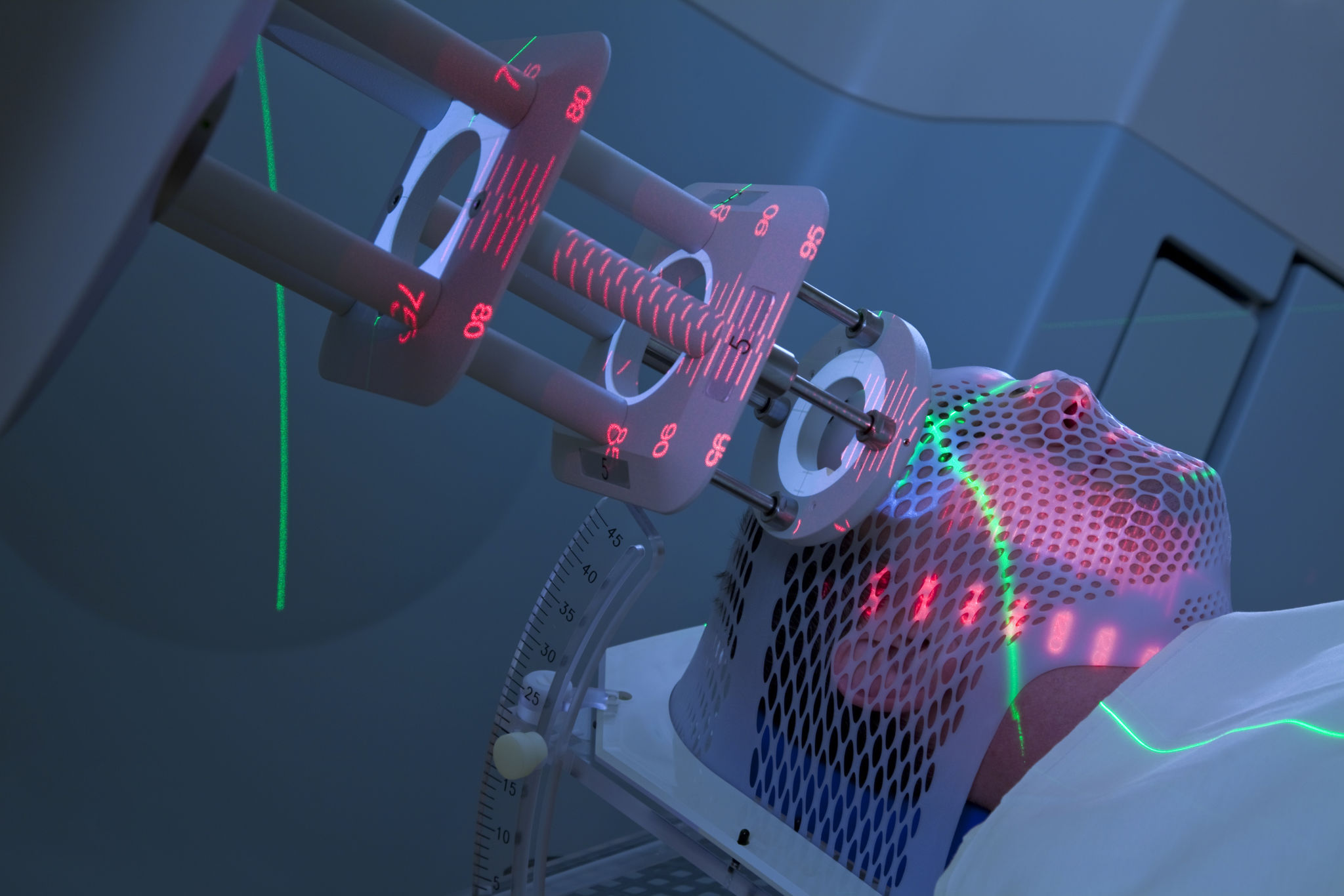Common Misconceptions About Radiation Therapy Debunked by a Leading Illinois Radiation Oncologist
Understanding Radiation Therapy
Radiation therapy is a common treatment for cancer, yet it is often surrounded by myths and misconceptions. To shed light on the truth, we spoke with a leading oncologist in Illinois who helped debunk some of these myths. Understanding radiation therapy can empower patients and their families to make informed decisions about their treatment options.

Myth: Radiation Therapy is Always Painful
One prevalent misconception is that radiation therapy is a painful process. According to our expert oncologist, this is far from true. The therapy itself is typically painless. Patients might experience discomfort from lying still during the procedure, but the radiation process does not cause immediate pain. Any side effects, such as skin irritation, occur gradually and can be managed effectively.
Myth: Radiation Therapy Causes Hair Loss All Over the Body
Another common myth is that radiation therapy results in total body hair loss. However, hair loss usually occurs only in the area being treated. For instance, if the therapy targets the brain, then hair loss might occur on the scalp. However, if the treatment targets another area of the body, then you would not expect any scalp hair loss. It’s important for patients to discuss the specifics of their treatment plan with their oncologist to understand possible side effects.

Myth: Radiation Therapy Makes You Radioactive
A significant misconception is that patients become radioactive after undergoing radiation therapy. This myth can cause unwarranted fear among patients and their loved ones. External beam radiation therapy, the most common type, does not make patients radioactive. Once the machine is turned off, there is no lingering radiation in the body. Unfortunately, it cannot give you super powers either!
Myth: Radiation Therapy is Only for Advanced Cancer
Many believe that radiation therapy is only used in advanced stages of cancer. In reality, it can be an effective treatment for various stages and types of cancer (as well as non-cancerous diseases!). It’s often used to shrink tumors before surgery or eliminate remaining cancer cells post-surgery. It can also provide relief from symptoms in advanced cases.

Myth: Radiation Therapy Has No Long-Term Benefits
Some patients worry that radiation therapy offers no long-term benefits. However, it can significantly improve survival rates, especially when combined with other treatments like surgery and chemotherapy. Advances in technology have made radiation therapy more precise, reducing damage to surrounding healthy tissue and improving outcomes.
Myth: There Are No Modern Advances in Radiation Therapy
Lastly, a misconception exists that there have been no significant advances in radiation therapy techniques. In fact, there have been numerous advancements, such as intensity-modulated radiation therapy (IMRT) and image-guided radiation therapy (IGRT), which allow for more precise targeting of tumors and reduce side effects.
In conclusion, understanding the facts about radiation therapy can dispel fears and misconceptions. Patients should feel empowered to discuss any concerns with their healthcare providers to ensure they receive the best possible care tailored to their needs.